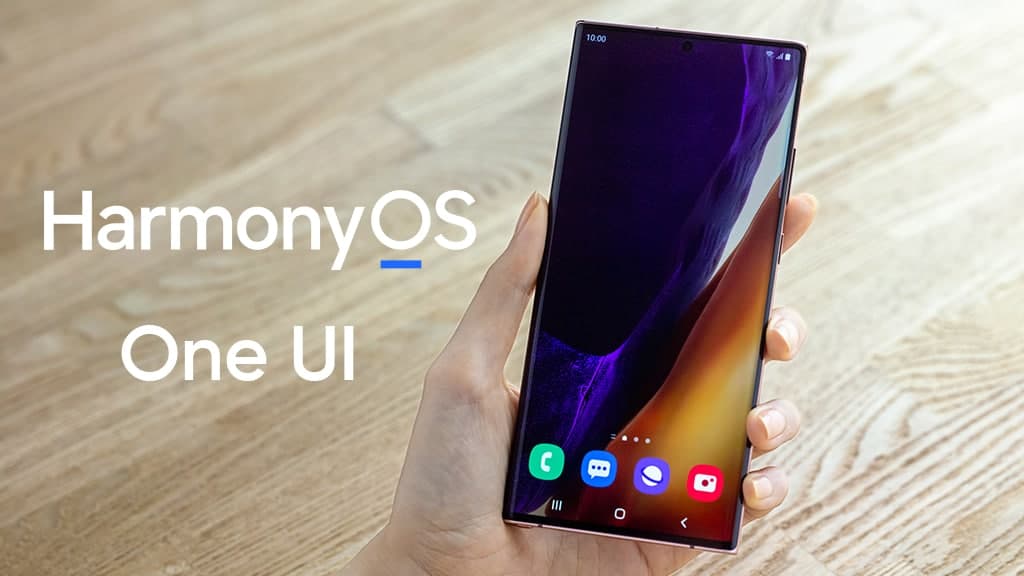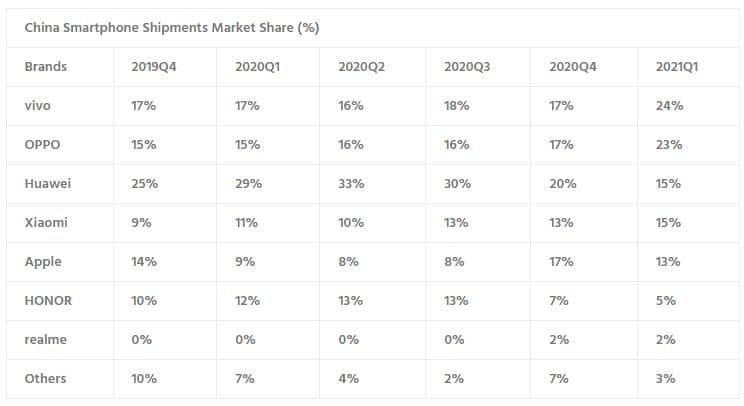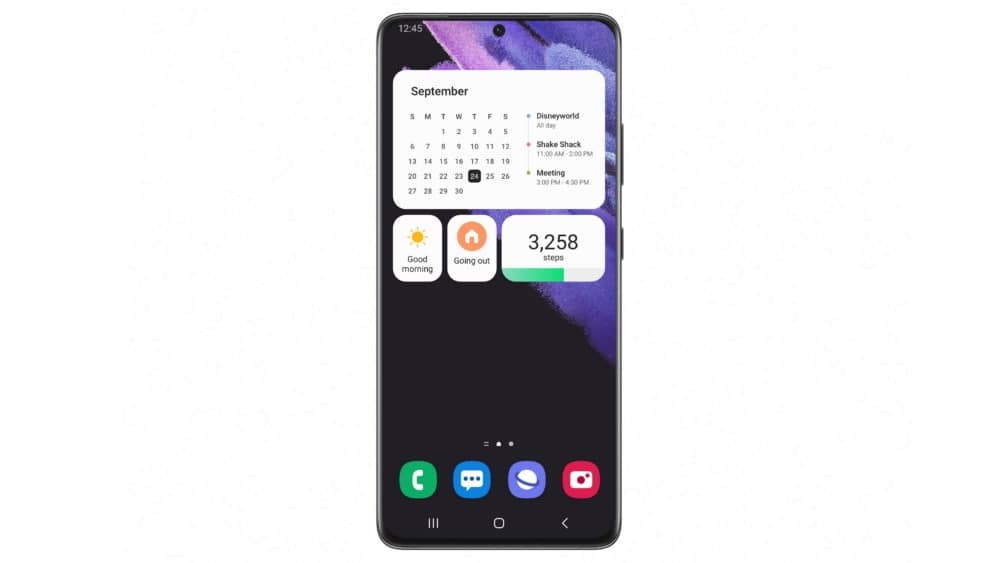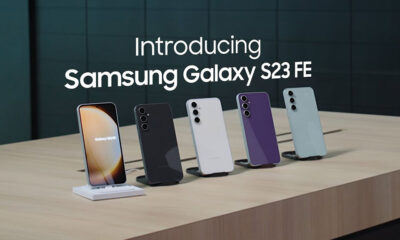News
Samsung One UI could use Huawei HarmonyOS instead of Android?

Samsung is the king of the smartphone world, and anyone who knows about the phones surely has seen Samsung devices at least once. However, a few of our readers have come up with a strange question and it’s related to the Chinese market and it’s making sense. So, cutting directly to the chance what would you say if Samsung One UI base on the Huawei HarmonyOS instead of Android? Let’s get into this discussion.
A user today shared a good query to us and asked whether Samsung will install HarmonyOS on its smartphone and what will be the impact of this new inheritance. So, we reach out to a HarmonyOS specialist and one of our colleagues on this matter (anonymous).
So, in this article, we’ll try to explore and present a view along with a good opinion of a specialist on this matter. The matter of our discussion will be based on the following key points.
- HarmonyOS
- Huawei and Samsung
- Chinese market
- Collision with Google
To be mentioned, we’ll be focusing on Samsung’s market in China, which is empowering its competitors in the global market. Here, we’ll also put some light on the area that Samsung could achieve by using HarmonyOS and dropping Android for a specific market.
Time to jump in…
What is HarmonyOS:
HarmonyOS, also known as Hongmeng OS in China, is designed as a multi-kernel architecture base operating system. The main layer of this software has a special IoT technology that allows it to establish a connection among different devices and control them from a single phone.
However, some reports (Arstechnica) have already criticized this software for being an Android Copy + Paste invention.
Huawei said HarmonyOS is open-source software and the Chinese phone maker has said that this OS is ready to be used by other phone makers. Still, Huawei’s operating system and its app ecosystem are far from being complete or compete against the world-renowned – Android, in terms of the application ecosystem outside of China.
“App ecosystem doesn’t “matters” in China, bloatware works,” our colleague told
It’s quite true, Google apps don’t work inside China. Therefore, every app there works alone, which means, each app has its own ecosystem (services) that directly connect users and store its data. Therefore they don’t rely on other apps to work and it has no connection with Google at all or the core Android services.
Therefore, all you need to do is to load an APK file and install it. That’s it!
That’s why the Chinese phones don’t require to have Android certificate and so does HarmonyOS.
Talking short, we’ve experienced the HarmonyOS software on a Huawei smartphone by ourselves. The task execution is fast and the task handling is very efficient. The overall user interface is pretty unique and provides a fast experience that won’t disappoint you if you don’t like to use Google apps.

So, we can get something good out of this if Samsung gets on the HarmonyOS train without worrying about Android because GMS won’t do anything in the Chinese domain.
Samsung in China
Samsung has been alienated from China for a long time, its market share in the smartphone market has been destroyed by the local companies and is now hugely controlled by phone makers including – Xiaomi, Vivo, Oppo, Realme, and Apple.
The South Korean phone maker had tried different strategies to gain momentum in China but continues to face failures up until now.
According to the information, the Chinese smartphone industry is now at its worst state for the South Korean tech giant. Counterpoint data shows, Samsung, known as the leader in the global smartphone market, is nowhere to be seen in the top smartphone maker and has been listed under “others”.

The collapse of Samsung in China is real and it’s a big slap on its success on the global stage.
But why the Chinese phone market is important?
Simple, it’s the hub of the world’s biggest smartphone consumers that has no boundaries when it comes to smartphone manufacturing as well as consumption.
In the beginning, Samsung held all of the cards in its pocket (full of profit), when the Chinese phone maker wasn’t there. However, with the evolution in the Chinese tech industry, more and more phone manufacturers have emerged and Samsung started fading.
The best instance of this example is Huawei. This Chinese company topped the list of the Chinese market for years, the Chinese phone consumers’ enthusiasm as well as their patriotism heavily supported this brand to dominate the industry.
“The biggest example of the Chinese smartphone market is clearly there. Huawei maintained its second spot in the global market even after being unable to produce new units for around a year (after U.S. sanctions). All because of the help of the Chinese market share that kept the company on the top of the list with ‘handicapped’ ability.” said the anonymous.
The challenge to Samsung:
Samsung is the current leader in the Smartphone industry but for how long? Xiaomi is catching up pretty fast, while Apple maintained its sales as usual. We don’t need to go deeper into this matter, just take a look at this example below:
- Xiaomi has China + Global markets = Increase (Everything to gain)
- Samsung only has Global markets (Everything to lose + Challenges + Pressure to defend the title)
The phone makers have everything to lose and nothing to gain and the roots of this cause are related to the Chinese market.
Huawei and HarmonyOS:
Huawei has been sanctioned by the U.S. in May 2019 and forced to give up on smartphones equipped with Google Mobile Services (GMS). Thereafter, its market began to collapse and users have been unable to access their required services due to the lack of apps they are used to for daily tasks.
Huawei’s smartphone market has been suffered a great loss but its reputation has been managed even until last year when the phone maker has been prohibited from printing new chipsets through chipmakers such as Samsung Foundry and TSMC.
Since Huawei cannot build new devices like before, it wants to expand its footprints in the software industry starting with the HarmonyOS operating system that has been donated to China’s OpenAtom foundation that manages the open-source code. Here we can confirm, Yes! HarmonyOS has the ability to become a base operating system for Samsung One UI (only for the Chinese market).

Thereafter, Huawei could freely promote Samsung among Chinese people.
One thing to rest assured is that this strategy may fail but why not try it when you are working on a “loss = 0” equation? You’ve already lost in the world’s biggest smartphone market, just get it… straight.
Why HarmonyOS?
A report mentioned (via HuaweiCentral) that Huawei is now pursuing a different strategy. This phone maker is selling “third party” phones in its stores. That’s not it, this Chinese company also owns the biggest smartphone stores and service center across the Chinese territory, which is undeniable.
“You cannot deny that Huawei is still a driving force of the Chinese tech industry including Telecom to the consumer market. Where it goes, the Chinese follows.” said anonymous
So, Huawei is looking for something to relieve its smartphone division that is completely destroyed by the U.S. sanctions. However, the search for a big HarmonyOS ambassador is still on and Samsung is the perfect “Traffic Surge”.
“Samsung’s ship in the Chinese (specifically) market has already sunken and it now needs a new strategy that really works. Meanwhile, HarmonyOS is the only option that has the real potential”

The challenge of Samsung starts from the Chinese smartphone industry and makes its way to the global market.
Coming back to the topic, so if, Samsung goes Huawei’s way, it’ll have “high” chances to explore the Chinese smartphone market share. How? As explained above, Huawei needs a big brand ambassador and Samsung could use HarmonyOS based One UI instead of Google’s Android for a specific market but there are dangers in this way for sure.
Samsung and Google:
Samsung’s One UI user interface is known for its simplicity and reachability, making it compact for everyday scenarios. This is a custom software skin that’s based on Android.
Throughout the past years, Google has improved its collaboration with Samsung to the bitter end. The foldable phone series is a great example, Google continues to promote and extend its features for the Galaxy Fold devices and it’s quite been amazing from Samsung’s perspective as well as for the consumers.
So, even though the Chinese market is important for the South Korean Giant, Samsung will have to make a choice and choose wisely so it won’t make its software collaborator angry on the global stage. However, what will Samsung do, when it’ll lose to Xiaomi, just another Google partner that is heading towards the top?
“If Google minds it own business, Samsung should min its own”
Eventually, nothing is certain and it’s up to Samsung to decide whether it wants to use HarmonyOS instead of Android for a specific market and also, how it wants to play against the competitors on the global stage.
News
Your Galaxy is safer than you think, Samsung reveals how

Samsung revealed its Project Infinity, which aims to make your Galaxy devices safer against cyber threats. Android is vulnerable due to its open-source nature, making regular security updates necessary for your Galaxy phone’s security.
Project Infinity of Samsung is a classified operation, working on safeguarding Galaxy devices and users around the clock for safer operations. Samsung Newsroom has recently published a blog post, revealing insights from specialist meetings.
Cyber Threat Intelligence
Samsung’s Cyber Threat Intelligence (CTI) taskforce is a reconnaissance unit within Project Infinity along with the Red (RED), Blue (BLUE), and Purple (PURPLE) Teams, which go beyond lab conditions to identify real-world dangers.
- RED and BLUE perform proactive attack and defense functions, seeking out vulnerabilities and taking measures against them.
- PURPLE is a special operations unit that acts as both a sword and shield for specific critical areas.

It’s worth noting that Samsung has deployed RED, BLUE, and PURPLE teams in various countries including Vietnam, Poland, Ukraine and Brazil. CTI is dedicated to identifying potential threats and stopping hackers from taking control of your device.
“Once we spot these kinds of threats, we collaborate with developers and operators to lock everything down for preventing attacks,” said Ranger, a CTI member.
Samsung Security Updates
Earlier this year, Samsung announced it to support flagship Galaxy devices for seven years. The new policy applies to all flagship Galaxy devices launched after the Galaxy S24 series. It’s the longest software support offered by any mobile brand.
These updates mean customers can safely use their phones for longer. As cyber threats become more common than you think, security updates are much more crucial to safeguard your Galaxy from any potential threat of vulnerability.
News
Samsung Gaming Hub adds the biggest Xbox Game Pass titles

Owners of select Samsung Smart TVs, monitors, The Premiere 7 & 9 projectors, or The Freestyle 2nd Gen can stream Call of Duty: Black Ops 6, Flight Simulator 2024 and hundreds of other games with Gaming Hub Xbox Game Pass.
Call of Duty: Black Ops 6 and Flight Simulator 2024 are two of the most popular games of 2024. Thanks to Samsung Gaming Hub, you don’t need to download any of the Xbox Game Pass titles, no meaning no storage required – just jump in and play.
The company has also built an engaging gameplay experience designed by fans, for fans through The Six, challenging players’ knowledge and providing another way to interact with the world of Call of Duty: Black Ops 6.
Notably, Samsung’s Gaming Hub is available on a variety of Samsung screens. It includes the AI-powered 2024 TV lineup, monitors, projectors, The Premiere, and The Freestyle 2nd Gen projector, offering instant access to console-free gaming.
Anyone with a Samsung Smart TV will be able to use their remote to jump in and play. This way, Gaming Hub provides a co-branded experience, giving Call of Duty fans another way to engage with the franchise they love.
For starters: The Six offers daily trivia where players can answer a series of six questions in competition with other players around the world. Correct answers with the fastest response time will achieve higher scores.
News
Surprising: Samsung to launch Galaxy ixi-O AI Phone next year

Samsung could launch the Galaxy ixi-O AI Phone next year. The company has collaborated with LG Uplus to develop a custom smartphone. The device is said to feature Galaxy AI and LG Uplus’s AI call assistant ixi-O.
Sources citing KEDGlobal revealed that Samsung and LG Uplus working together to develop the Galaxy ixi-O AI Phone. It’s a big development in the smartphone industry, while the handset is highly likely to be Korea-limited.
Samsung fans are well aware of the Galaxy AI feature suite. ixi-O is an AI-powered digital assistant developed by Korean carrier LG Uplus. The company plans to enter the smartphone market, featuring its own-developed AI assistant.
The report indicates that Samsung and LG Uplus’ ixi-O AI Phone will launch as early as next year. The development project focuses on crafting a “real AI phone” that goes beyond simply integrating AI assistant services into a smartphone.
ixi-O comes with useful features such as AI call answering, detecting voice phishing in real-time, recording and summarizing phone calls and converting voice conversation into text – all within an on-device environment.

Image: ixi-O AI | LG Uplus Newsroom
Based on specifications, the Galaxy ixi-O AI Phone will be based on a Galaxy phone available globally. The design will match with a global Galaxy smartphone, but the software may be tweaked as per the carrier’s requirements.
A custom Galaxy phone isn’t shocking or impossible in South Korea. Samsung releases Quantum, Buddy, and Jump-branded phones in the market. The company collaborates with Korean carriers to bring these devices to mainland Korea.
The carrier introduced an on-device AI-powered ixi-O assistant earlier this month. LG Uplus will initially target its consumer base for the new AI Phone. However, the AI Assistant may be expanded to a broader audience across Korea.












